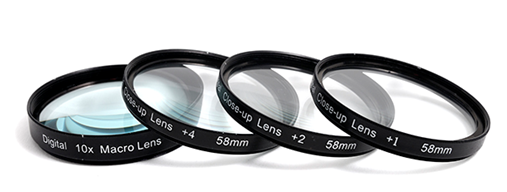
Photo: Katya Tokusheva
Today, social media has become one of the most important marketing channels to promote many businesses. More than ever, they have managed to bring customers closer to brands.
And while for many of us, taking pictures with our phones using special filters to style and distinguish our photos in the ocean from social media is a fun endeavor, when it comes to product photography, we know that this type of filters can compromise the quality of our product.
As customers expect more and more from e-commerce retailers, the strength of the product frame can hardly be overlooked and images for online stores are best to be realistic. In this line of thought we should ask ourselves:
Do we need filters in product photography?
The main goal in product photography has always been to transmit a correct, most natural and understandable signal to consumers.
Yes, the product needs to stand out, to look its best, but without being a reason to move away from its real appearance. That’s why artistic decorations, such as filters, frames, shades and oversaturation should be avoided.
Filters – advantages and disadvantages of using them in product photography
The filter is an accessory that photographers use to enhance the image, especially in creative photography or to create effects. But at the same time, filters have the ability to ruin a seemingly good frame by degrading the image, changing colors or not reflecting the texture of the product properly.
The application of filters in photography depends on the specific genre of photography and the end result that is intended to be achieved.
They find the widest adaptation among landscape painters. But if we look at the publications of some product photographers we will notice that many of them use polarization filters on their lenses in the studio, with which they manage to control reflections, and sometimes resort to neutral density filters to achieve more balanced composition.
Filters with the most common use in product photography can be reduced to:
- Ultraviolet filters (UV) – block ultraviolet light.
- The CPL (polarizing) filter polarizes the light that enters the camera, which removes the reflected light, especially from water and glass. We need to know that some surfaces, such as metal, do not polarize the reflected light.
- The ND filter (neutral density) limits the intensity of the light entering the camera sensor without affecting the colors. Operated by rotation.
Advantages of using filters in product photography
Best practices show that filters are useful when realizing product photography outdoors. Whether we’re battling glare or too much sunlight, they offer a great way to avoid overexposing the frame.
To avoid burnt or dark areas, as well as unexposed foreground, the ND filter can be a suitable solution and improve the exposure of the whole image.
Polarizing filters in turn, selectively reduce reflected light, especially on glass and water surfaces. If you want to get rid of reflections that are a significant drawback when capturing jewelry, gems, shiny objects and items or utensils, one turn of the polarizing filter can do a good job. This will definitely make it easier and save you time in post-processing.
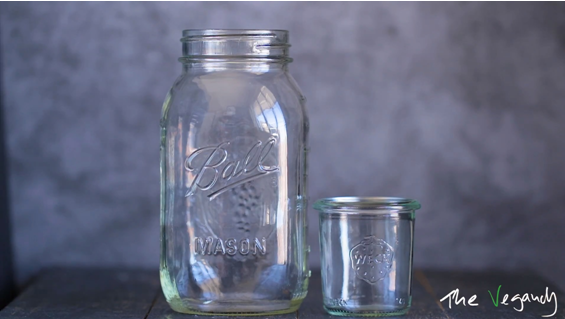
Photo: www.youtube.comthevegandy
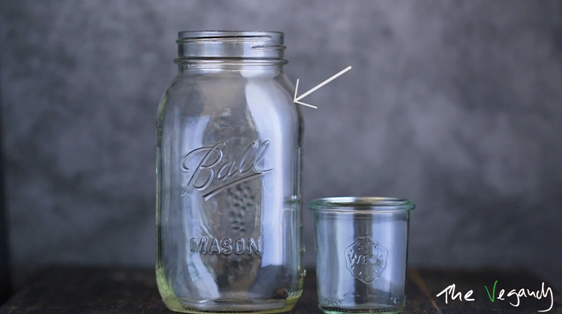
Photo: www.youtube.comthevegandy
The filters are convenient for accentuating the atmosphere, adding a sense of dynamism.
If you want to create more movement to a static looking scene or a beautiful bokeh background in bright sunlight, put a neutral density filter. Its purpose is to minimize the entire amount of light. This will ensure much lower shutter speeds than would be possible, even with settings with the lowest ISO values and maximum aperture.
Images of lifestyle products can be enlivened with polarizing filters because you have the ability to control the color or where to emphasize.
For action shots and videos a quality lens is more important than the body. Therefore, more than anything else, you will need a high quality UV filter that will protect the valuable lens from scratches or wear.
It is very likely that the photos of sporting goods and equipment will be taken in the mountains, where the environment will be harsher, so a UV filter can be a wise purchase.
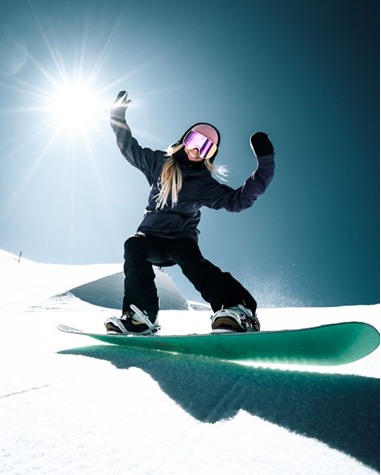
Photo: https://www.ridestore.com/
ND filters, on the other hand, are extremely convenient for videographers and filmmakers because they often have limited options for shutter speed variations when shooting. The ND filter will allow shots to be dimmed to the correct exposure, without the need to adjust the shutter speed.
Filters are a great way to improve color and contrast.
The polarizing filter can also help for more vivid colors. It is effective for restoring the actual color saturation and improving the contrast in the images, especially for scenes intended for realization in a natural environment, such as forests, waterfalls or greenery.
With its help you can reveal more color in the vegetation and get nice contrasts in the images.
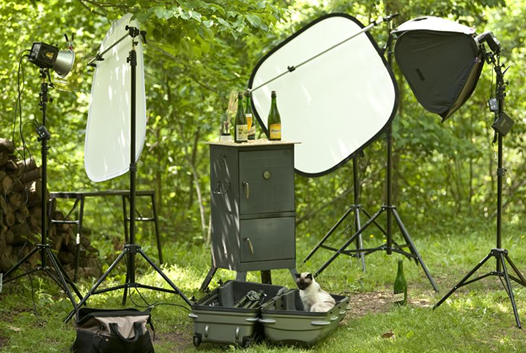
Photo: https://www.bcolemanphoto.wordpress.com

Photo: https://www.bcolemanphoto.wordpress.com
Filters are often used to protect equipment. It makes sense to place a lens filter to protect the front lens of the lens from dust, debris, splashes, dirt and even breakage. In practice, a UV filter is used for this purpose. It is important to note that the choice of a high-quality option is particularly important to have high light transmission and to minimize possible distortions and reflections.
In some cases, filters can save money. If you want to take detailed pictures of food, jewelry or accentuate an element of the product, you will inevitably need a macro lens, and they are not cheap at all. The most effective and cheaper option is to get macro filters, which are placed on a lens with a fixed focal length. And the product photographer has one in his equipment.
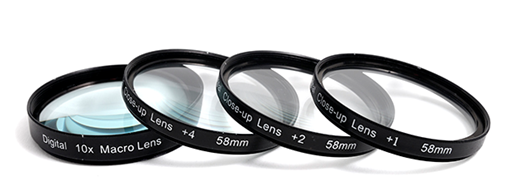
Macro filters will allow you to get close enough to the subject without losing clarity and focus.
Filters such as IR (infrared), such as special effects, heating, cooling, etc., would find a place in commercial and advertising photography, but are rarely used when shooting products.
To some extent, most filters can be replaced with post-treatment, but the reduction of reflections with polarization filters and long exposures with ND filters cannot be repeated in post-treatment.
Disadvantages when using filters in product photography
When working in a studio with controlled lighting, using a polarizing filter can be a challenge and complicate the whole process, especially in cases where constant adjustment of the camera settings is required. To balance light sources, professional photographers more often control flashes and avoid the use of filters.
If you do not want to risk changing the texture of clothes, for example, give up filters in the studio.
Note that if you are shooting outdoors where the ambient light levels are too high, there is a risk of using a filter that may affect the shadow areas and add color accent to the images, which is an unpleasant effect on the final quality. of the image.
One of the disadvantages of macro filters is that the images will not be as sharp and detailed as they would be if they were taken with a macro lens.
Using a UV filter in the studio is completely unnecessary and pointless, unless it serves to protect the front lens of the lens.
From this comparative characteristic of the advantages and disadvantages of filters in product photography, it is clear that they are used mainly when shooting products outdoors and less often in the studio.
And yes, if we look at it from another perspective, modern trends in many respects make us look for a natural environment for products and more and more often we find ourselves outside. Think of all products made with natural ingredients – soaps, shampoos, cosmetics, natural foods or eco-friendly “green” products, food supplements.
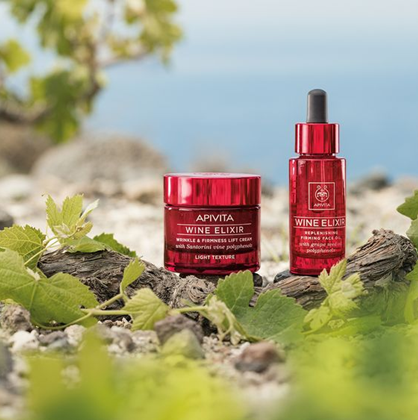
Photo: https://www.apivita.com
In fact, photography of outdoor products proves to be a significant challenge compared to studio photography. Therefore, understanding the advantages and disadvantages of using filters in product photography can be an advantage for creating high-quality visual content, which today appears as e-commerce email.
